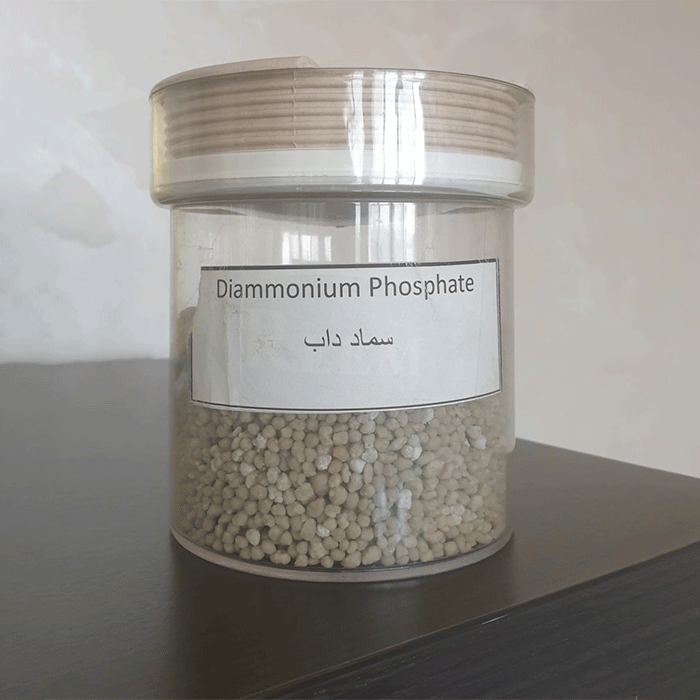Diammonium Phosphate

It is an inorganic compound, and a salt of phosphoric acid. Phosphate and organic phosphate are esters of phosphoric acid. Phosphate is a natural resource that is found under the surface of the earth, where it is exploited to use the phosphor in multiple agricultural and industrial activities.
Production Capacity:
Di-ammonium phosphate is produced at a capacity of 1,500 tons/day for each unit. Concentrated phosphoric acid, produced in the Industrial Complex, and the added imported ammonia to produce the fertilizer. DAP is stored in a special storing facility with a capacity reaching to 60,000 tons. It is sold to the local market and the international markets, such as India, Ethiopia, Turkey, Iraq, and other countries.
This fertilizer contains 18% nitrogen and 46% phosphor pentoxide, which is soluble granular, and leads to easy absorption by the plants. It can be used by the farming machinery, for all crops and trees, and at either rain-fed or irrigated lands.
Production Method:
Ammonia is imported from Arab and foreign countries by ships, where it is pumped through a pipe with a diameter of 14 inches to a tank with a storage capacity of 30,000 tons, and a second tank with a storage capacity of 10,000. Ammonia temperature in the tanks is continuously kept at (-33 oC) using special compressors.
Ammonia is pumped to the reactor, where it reacts with concentrated phosphoric acid to produce slurry, which is pumped to a fertilizer granulator to be mixed with the fertilizer returns. Additional ammonia is added to the granulator to reach the required mixtures. Using the hot gases produced by the burning fuel oil, Fertilizer is then dried, so its moisture content doesn’t exceed 1.5%. Fertilizer is conveyed to sieves to get the required size, cooled down in a machine similar to the dryer, and then sent to the storage silos.
Usages:
The fertilizer is used either directly or as an input to produce other fertilizers such as liquid and suspended compound fertilizers.